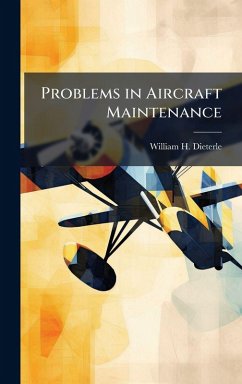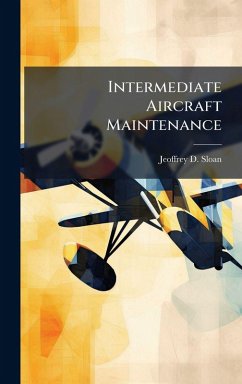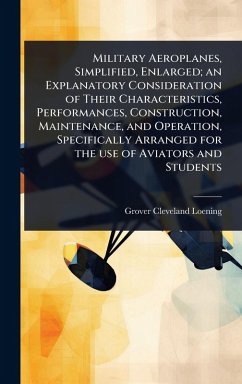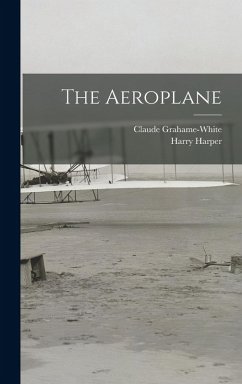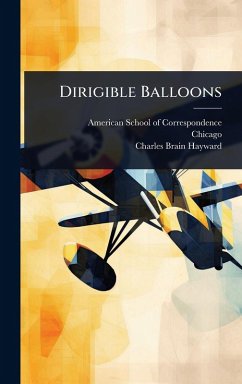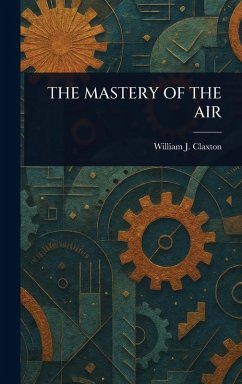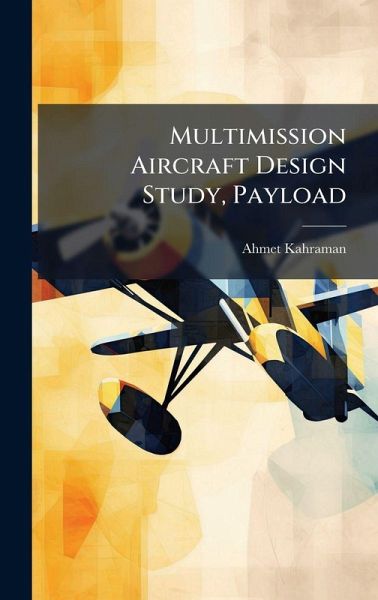
Multimission Aircraft Design Study, Payload
Versandkostenfrei!
Versandfertig in über 4 Wochen
30,99 €
inkl. MwSt.
Weitere Ausgaben:

PAYBACK Punkte
15 °P sammeln!
It is proposed that a Multi-Mission Aircraft (MMA) be prepared to combine some or all the functions of the aging AWACS, JSTARS, RIVET JOINT, COMPASS CALL, and ABCCC fleet. Three different thesis studies have been developed by three Air Force Institute of Technology GSE students to show the feasibility of replacing the current aging fleet with one or more MMA platforms. This is the thesis in which the payload issues have been examined. Within this thesis, two different alternative architectures, which are One Tail Number and Different Tail Numbers including nine different configurations, have b...
It is proposed that a Multi-Mission Aircraft (MMA) be prepared to combine some or all the functions of the aging AWACS, JSTARS, RIVET JOINT, COMPASS CALL, and ABCCC fleet. Three different thesis studies have been developed by three Air Force Institute of Technology GSE students to show the feasibility of replacing the current aging fleet with one or more MMA platforms. This is the thesis in which the payload issues have been examined. Within this thesis, two different alternative architectures, which are One Tail Number and Different Tail Numbers including nine different configurations, have been considered. Estimated payload characteristics of these alternatives have been compared to those of Boeing 767-400ER, which is the aircraft selected as the baseline for MMA platform. Reduced life cycle cost, increased measure of aircraft specifications, and minimum risk are the main objectives pursued by means of several systems engineering and aircraft design methodologies. This work has been selected by scholars as being culturally important, and is part of the knowledge base of civilization as we know it. This work was reproduced from the original artifact, and remains as true to the original work as possible. Therefore, you will see the original copyright references, library stamps (as most of these works have been housed in our most important libraries around the world), and other notations in the work. This work is in the public domain in the United States of America, and possibly other nations. Within the United States, you may freely copy and distribute this work, as no entity (individual or corporate) has a copyright on the body of the work. As a reproduction of a historical artifact, this work may contain missing or blurred pages, poor pictures, errant marks, etc. Scholars believe, and we concur, that this work is important enough to be preserved, reproduced, and made generally available to the public. We appreciate your support of the preservation process, and thank you for being an important part of keeping this knowledge alive and relevant.



